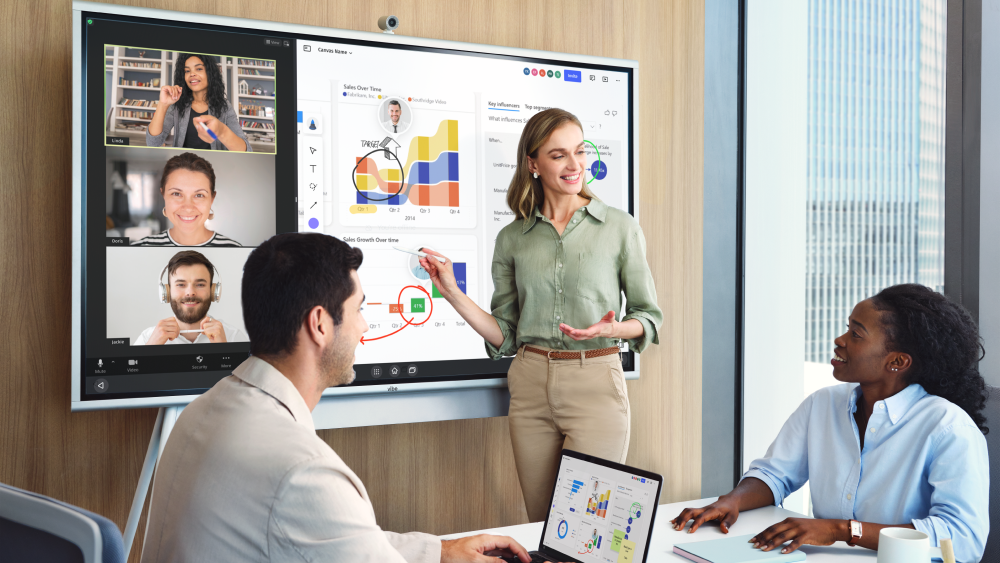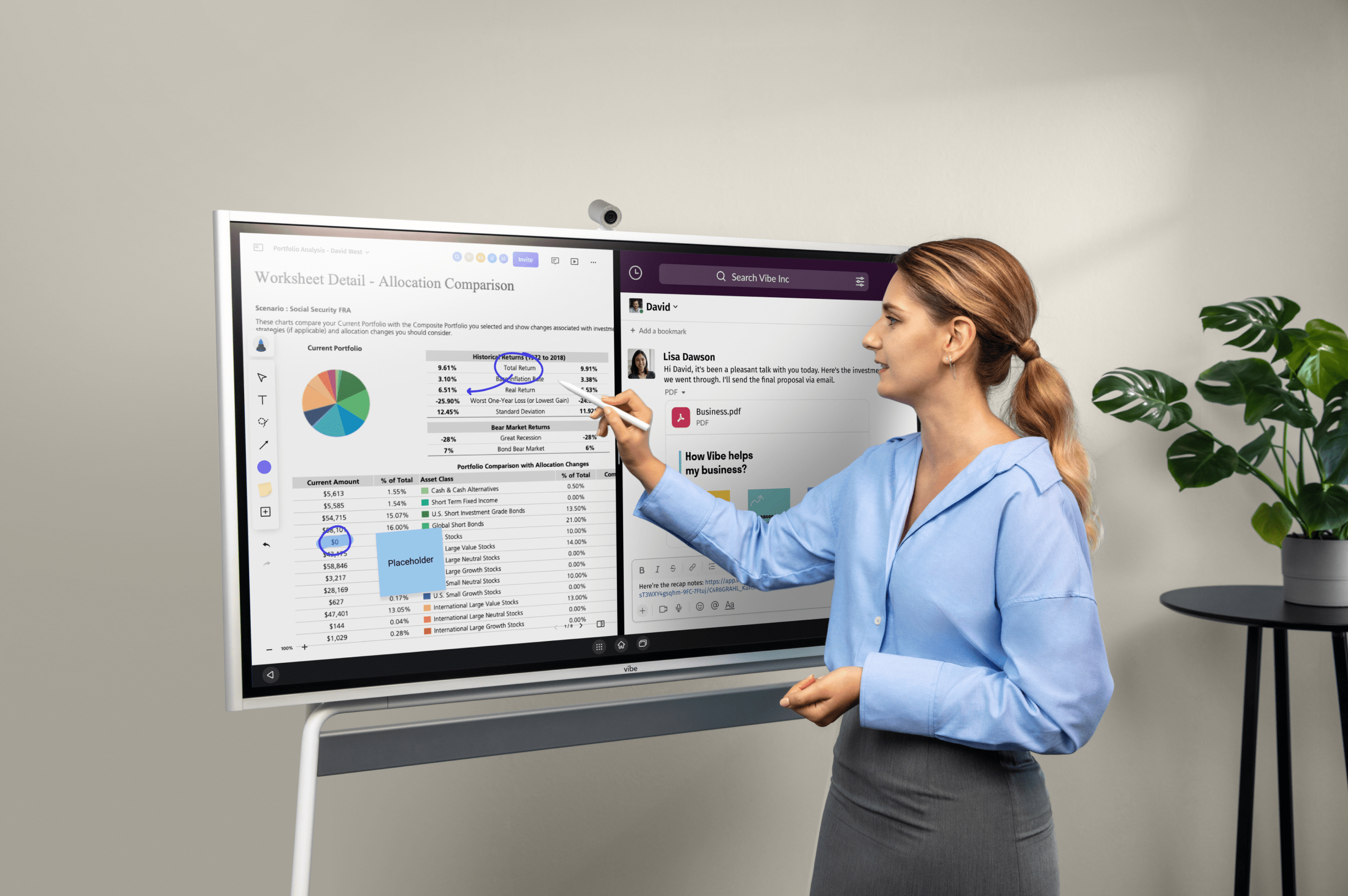
Team relationships shape every interaction, decision, and outcome within your organization. Whether you’re leading a small startup team or managing a department in a Fortune 500 company, understanding and managing how your team members work together determines your success. The difference between high-performing teams and struggling ones often comes down to one critical factor: how well they’ve mastered their team dynamics.
- Team dynamics encompass all behavioral, psychological, and social interactions between team members
- Positive team interactions directly correlate with improved performance, innovation, and employee retention
- Six core elements define effective teams: communication, defined roles, shared goals, trust, accountability, and conflict resolution
- Warning signs like cliques, indecision, passive-aggression, and blame culture signal dysfunctional teams
- Leadership style significantly influences dynamics and overall team effectiveness
- Regular evaluation through targeted questions helps identify and address issues before they escalate
What are Team Dynamics?
Team dynamics represent the behavioral, psychological, and social interactions that occur among team members. These invisible forces shape how your team communicates, makes decisions, resolves conflicts, and ultimately performs together. Think of them as the underlying current that either propels your team forward or holds them back from achieving their potential and goals.
Group Dynamics vs. Team Dynamics
While often used interchangeably, group dynamics and team dynamics serve different purposes in organizational psychology. Group dynamics encompass broader social interactions within any collection of people—from social circles to geographic communities. Team dynamics, however, focus specifically on how individuals intentionally work together to achieve shared professional goals.
The distinction matters because team dynamics require purposeful collaboration toward specific outcomes. Your marketing team’s dynamics will differ fundamentally from a casual friend group’s dynamics because workplace teams operate with defined objectives, roles, and accountability structures.
How Team Dynamics Impact Performance
The ripple effects of team dynamics extend beyond daily interactions. Research consistently shows that positive teams lead to deeper collaboration, improved communication, and higher morale. Teams with strong dynamics demonstrate increased accountability, more effective conflict resolution, and greater resilience to organizational changes.
Conversely, poor team relationships create bottlenecks, reduce productivity, and drive talent away. When they break down, even the most skilled individuals struggle to perform at their best. The cost isn’t just measured in missed deadlines or lost revenue—it’s reflected in employee turnover, decreased innovation, and ultimately, all bottom-line results.
Common Types of Team Dynamics
Understanding team dynamics isn’t just about recognizing how people interact—it’s about identifying and utilizing the underlying patterns that shape your team’s overall effectiveness. Every team develops its own dynamic, influenced by personalities, leadership styles, and organizational culture. By recognizing the most common types, you can better anticipate challenges, leverage strengths, and intentionally guide your team toward higher performance and cohesion.
-
Collaborative Dynamics: Teams that naturally share resources, ideas, and responsibilities while maintaining individual accountability
-
Competitive Dynamics: Internal competition that either drives performance higher or creates destructive rivalry between team members
-
Hierarchical Dynamics: Clear power structures that can either provide necessary direction or stifle creativity and input from team members
-
Consensus-Driven Dynamics: Decision-making processes that prioritize agreement and buy-in, though sometimes at the expense of speed and efficiency
6 Key Elements of Effective Team Dynamics
Successful teams don’t achieve great dynamics by accident. They deliberately cultivate characteristics that create the foundation for high performance. Here are 6 key elements we have found are necessary to build effective teams:
1. Open and Clear Communication
Communication forms the backbone of all positive team dynamics. More than just talking as a team—it requires active listening, meaningful feedback, and the confidence to express ideas without fear of judgment. Teams with strong communication dynamics create fewer conflicts, build more trust, and generate more innovative solutions. Effective communication means establishing multiple channels for different types of information sharing. Quick updates might happen via messaging platforms, while complex problem-solving requires face-to-face discussions or video conferences.
2. Clearly Defined Roles and Responsibilities
When team members understand exactly what they need to do and how their work connects to the bigger picture, team dynamics improve dramatically. Clear role definition eliminates duplicate work, ensures even workload distribution, and gives everyone a sense of purpose within the team structure. The most effective teams regularly revisit and refine role definitions and responsibilities as projects evolve. This flexibility within structure allows teams to adapt while maintaining clarity and accountability.
3. Shared Goals and Alignment
Teams with strong dynamics rally around common objectives that everyone understands and commits to achieving. Shared goals create the "why" behind daily tasks and help team members make decisions that benefit the collective rather than individual interests. Establishing shared goals requires more than announcing targets from leadership. Effective team dynamics emerge when team members participate in goal-setting together and understand how their individual contributions drive collective success.

4. Trust and Psychological Safety
Trust enables team members to take risks, admit mistakes, and share potential ideas without fear of negative consequences or kickback. This psychological safety becomes the foundation upon which all other positive team dynamics are built. Building trust within teams requires consistent actions over time. Leaders and team members must demonstrate reliability, show vulnerability when appropriate, and respond constructively to both successes and failures. Getting to know each other outside of work responsibilities can have a positive impact on how teams function while in the workplace.
5. Healthy Accountability
Accountability in strong team dynamics focuses on supporting success rather than assigning blame. Team members take ownership of their commitments and help others meet their responsibilities through collaboration and support. This element requires clear expectations, regular check-ins, and a culture that views accountability as a tool for improvement rather than punishment.
6. Constructive Conflict Resolution
Healthy team dynamics don’t eliminate conflict, they channel it productively. Teams that handle disagreements constructively use conflict as an opportunity to explore different perspectives and arrive at better solutions. The key lies in separating ideas from personalities and focusing on outcomes rather than individual positions. Teams with strong conflict resolution skills in their dynamics often produce more innovative results because they’re willing to challenge assumptions and explore alternatives.
Top Warning Signs of Poor Team Dynamics
Recognizing dysfunction early allows you to address dynamics issues before they become entrenched problems. The following symptoms are clear signs that you team is suffering from poor dynamics that need to be addressed:
Cliques or Exclusionary Behavior
When subgroups form within teams, they create insider-outsider dynamics that undermine unity and trust. These cliques often communicate through back channels, exclude certain members from informal discussions, and create an atmosphere of favoritism that poisons overall team dynamics.

Tip: Rotate partnerships frequently, use transparent communication channels, address exclusion directly, and create cross-functional team activities.
Chronic Indecision or Stagnation
Teams stuck in analysis paralysis or endless debate cycles signal broken decision-making dynamics. This pattern often stems from unclear authority structures, fear of making mistakes, or lack of shared criteria for evaluating options.
Tip: Define decision frameworks, set deadlines with criteria, time-box discussions, and create psychological safety for intelligent failures.
Passive-Aggressive Communication
When team members express frustration indirectly through sarcasm, silence, or complaints to others rather than addressing issues openly, it indicates communication breakdown in team dynamics. This behavior pattern erodes trust and prevents real problem-solving.
Tip: Model healthy and direct communication, establish feedback norms, provide conflict resolution training, and schedule regular one-on-ones.
Blame Culture or Finger-Pointing
Teams that focus on assigning fault rather than finding solutions create defensive dynamics that discourage risk-taking and innovation. This blame-oriented approach to team dynamics prevents learning from mistakes and continuous improvement.
Tip: Shift language from "who" to "what," implement blameless post-mortems, reward problem-solving, and lead by taking responsibility.
Examples of Great Team Dynamics
Looking at real examples of great team dynamics can show you what works and why. These stories make it easier to understand how strong teamwork leads to better results. By learning from successful teams, you can find ideas to help your own team work better together. Here are three new real-world examples, each illustrating a unique aspect of effective collaboration:
Google’s Cross-Functional Collaboration
Google is renowned for its inclusive culture and emphasis on teamwork. Through regular "hackathons" and flexible project structures, Google encourages employees from different departments to collaborate, share ideas freely, and innovate together. This open, cross-functional approach to team dynamics has led to breakthrough products and a culture where creativity thrives. [1]

Shopify’s Fraud Detection Team
Shopify’s fraud detection team exemplifies problem-solving collaboration by bringing together IT, data science, and customer service. By working across departments to identify new fraud patterns and develop prevention strategies, the team leverages diverse expertise and maintains clear communication. Their effective team dynamics have been key to safeguarding the platform and continually improving customer trust. [2]
Apple’s Cross-Functional iPhone Development
Apple’s development of the iPhone is a standout example of cross-functional teamwork. Engineers, designers, and marketers collaborated from the earliest stages, each contributing their specialized knowledge. This seamless integration of skills and perspectives within Apple’s team dynamics enabled the creation of groundbreaking features like the dual-lens camera, setting new industry standards. [3]
These examples demonstrate how strong teams—rooted in open communication, collaboration, and leveraging diverse strengths—drive innovation and organizational success.
Identifying Questions to Ask Your Team
Regularly assessing your team’s health is essential for nurturing strong team dynamics and sustaining high performance. Open, honest feedback allows you to spot strengths, uncover hidden challenges, and address issues before they escalate. By asking the right questions, you empower team members to reflect on their experiences, voice concerns, and actively shape a more collaborative, supportive environment. These targeted questions are designed to spark meaningful conversations and drive continuous improvement:
-
How comfortable do you feel sharing ideas or concerns with the team?
-
Do you clearly understand your role and how it contributes to our shared goals?
-
When conflicts arise, how effectively does our team address and resolve them?
-
What communication methods work best for different types of team interactions?
-
How well do we hold each other accountable for commitments and deadlines?
-
Do you feel your expertise and contributions are valued by other team members?
-
What obstacles prevent you from doing your best work within this team?
-
How could we improve our decision-making processes to be more efficient and inclusive?
-
What recent team success are you most proud of, and what made it possible?
-
If you could change one thing about how our team works together, what would it be?

Build Effective Team Dynamics Now—Not Later
Effective team dynamics are not just a nice-to-have. They are a strategic advantage that sets high-performing organizations apart from the rest. Pursuing strong teams means investing in the way your people communicate, brainstorm, collaborate, and solve problems together. When you make team relationships a priority, you create an environment where innovation flourishes, challenges are met with confidence, and every member has the opportunity to contribute their best. The path to lasting success starts with the commitment to build and nurture positive teams at every level of your organization.
Transform Your Team Dynamics with Vibe Board S1
Collaborative technology has the power to elevate team collaboration to the next level, and The Vibe Board S1 revolutionizes how teams collaborate by addressing the core elements that drive effective team dynamics. An all-in-one interactive smart whiteboard creates a shared workspace where every team member can contribute ideas, visualize concepts, and engage in real-time problem-solving together—regardless of their physical location. This infinite canvas allows team members to engage in real-time, which fosters open and clear communication, aligned goals, and natural team understanding.
 Team using a Vibe Board to collaborate during a meeting.
Team using a Vibe Board to collaborate during a meeting.When teams use Vibe for brainstorming sessions, project management, and collaborative decision-making, they naturally develop stronger communication patterns and more inclusive participation. The board’s intuitive interface encourages all team members to share ideas through digital whiteboarding, sticky notes, and drawings, while its screen-sharing capabilities ensure remote team members remain fully integrated. By providing a central hub for visual collaboration, the Vibe board helps teams build the trust, alignment, and constructive conflict resolution that define high-performing teams.
Ready to elevate your team dynamics?
Team Dynamics FAQs
What are the 5 elements of team dynamics?
The five core elements are open communication, clearly defined roles, shared goals, trust and psychological safety, and effective conflict resolution. Some models also include accountability as a sixth element. Together, these form the foundation for positive team interactions and high performance.
How do leadership styles influence team dynamics?
Leadership styles shape teams through decision-making, communication, and empowerment. Collaborative leaders encourage participation, while autocratic leaders may limit creativity. The best leaders adapt their style to fit their team’s needs and situation.
What impact does organizational culture have on team dynamics?
Organizational culture sets the tone and foundation for team dynamics. Cultures that value transparency and psychological safety foster open, trusting teams, while competitive cultures can lead to rivalry and poor collaboration. Culture directly influences how teams interact and succeed.









-1sbltxxq4FYxHrXrwJVLsCDNsXpqNa.webp)
-5Zp0pmSytvcuYDVs1LvuwplKuRneK0.webp)
